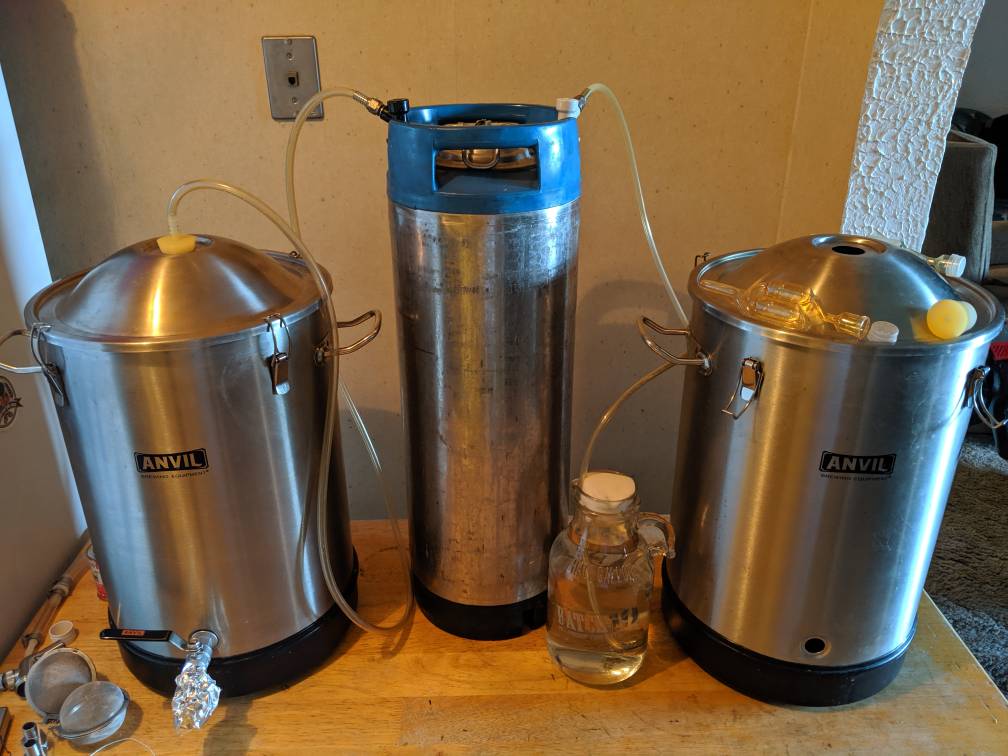I'd like to start incorporating some cold side techniques reduce oxidation, however, my engineering skills are approximately that of a 2 year old, so crafting/improvising brewing toys is not my strong suit. I know there are topics covering this but I get bogged down in the jargon and hardware required I get frustrated and throw my hands up in despair. I'm looking for a way to transfer from my Speidel fermenter to my keg with the least amount of fuss.
My current technique is siphon straight from the valve on the Speidel with a silicon tube gently into the the keg from the opening at the top. I'm pretty sure this is the biggest area of oxygen ingress I have when kegging so I should start there. Also, is a spunding valve necessary? What's the best way to purge a keg before filling it?
Any help is greatly appreciated.
My current technique is siphon straight from the valve on the Speidel with a silicon tube gently into the the keg from the opening at the top. I'm pretty sure this is the biggest area of oxygen ingress I have when kegging so I should start there. Also, is a spunding valve necessary? What's the best way to purge a keg before filling it?
Any help is greatly appreciated.








